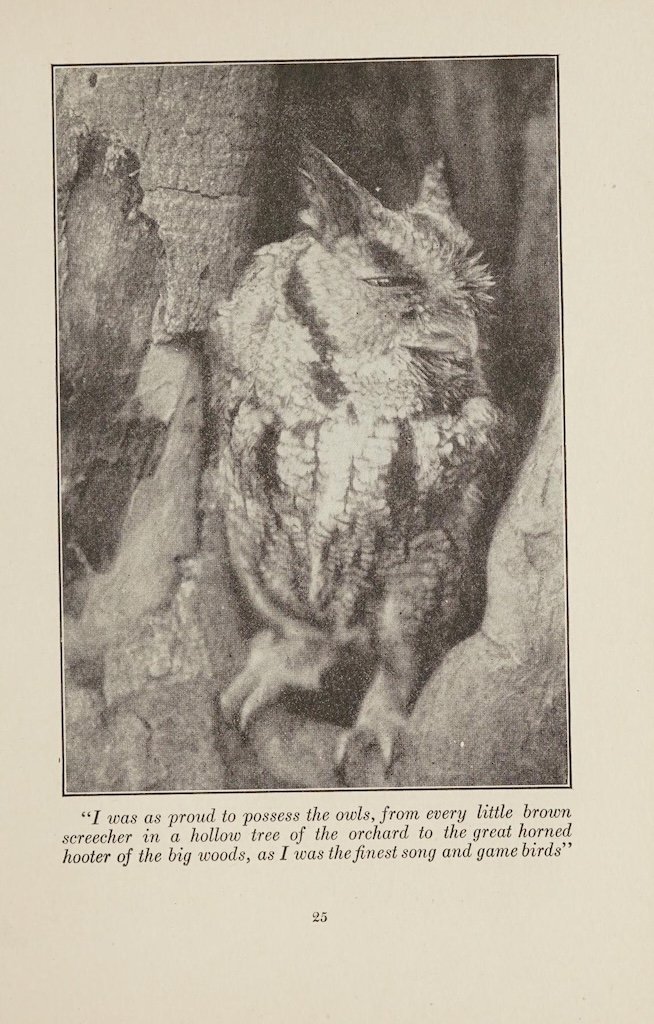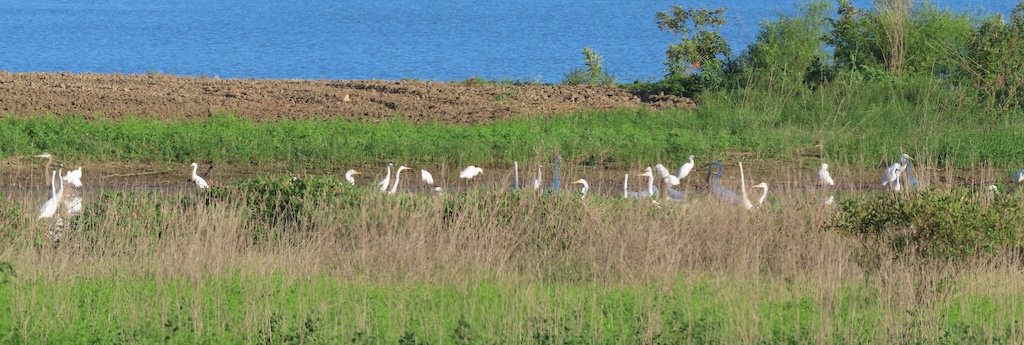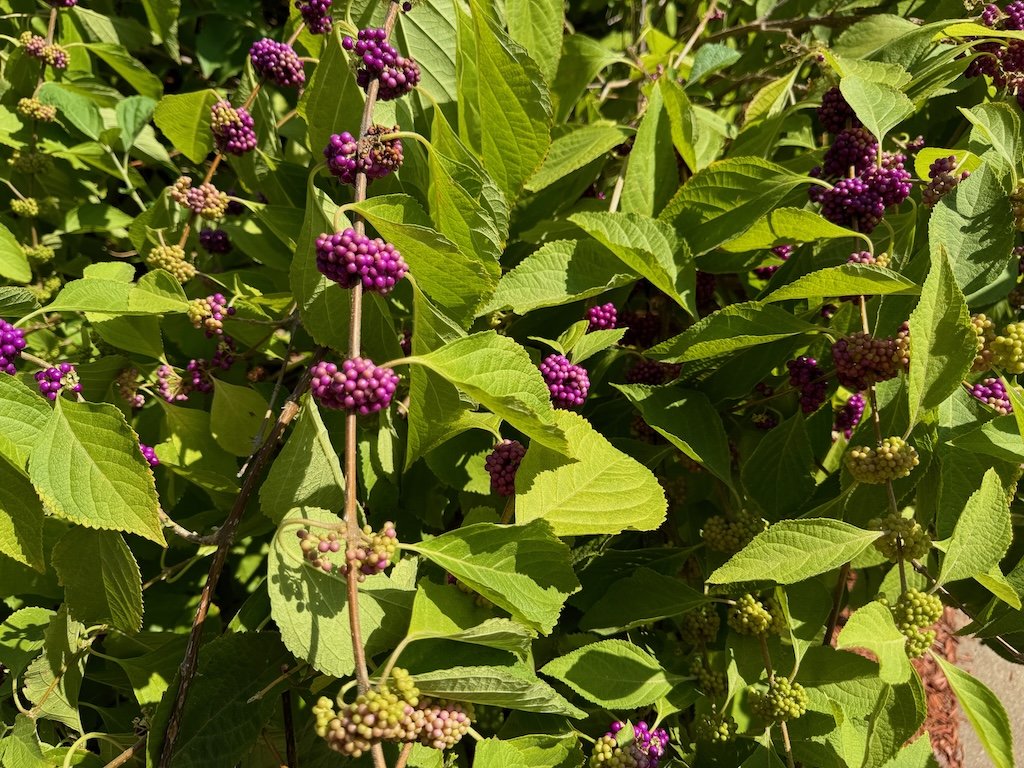The items below were ‘the cream’ of the articles and websites I found this past week. Click on the light green text to look at the article.
The Mysterious Turkish Megaliths That Predate the Pyramids - Göbekli Tepe or “Potbelly Hill” in Turkish…it may be the world’s oldest calendar.
Planes, trains and monster diggers: The vehicles pushing the limits of electric power - BBC Future Planet recently went on a hunt for some of the biggest electric vehicles in the world – by size and weight. There is no shortage of impressive examples, from giant mining machines to trains and cargo ships. Often the largest excavators are connected to an electric power source by a cable, rather than using an on-board battery. But in terms of weight, heavy goods vehicles are among the largest EVs you might find yourself sharing the road with. Volvo's FH Electric truck, if you include its double trailer and load, is among contenders for the heaviest battery-powered electric road vehicle. Though research suggests we might one day see electric passenger aircraft capable of carrying as many as 90 people. The biggest electric planes today can accommodate a maximum of around nine passengers. The most powerful electric train in the world is perhaps the Shen24 in China. It is capable of carrying more than 10,000 tons – of coal – at up to 120km/h (75 mph).
Maine! Ghost Flower, the inside view – I’ve seen Ghost flowers a few times…but never the inside of the flower.
Crested Rats & Hairy Porcupines: Meet 7 of the World’s Coolest Rodents – The only one of the 7 I’ve seen is the Capybara (at the Dickerson Park Zoo in Springfield, MO).
A photographer captures life in America’s last remaining old-growth forests – What a great project photographer David Herasimtschuk had undertaken!
Plankton mark seasons in the sea, just like leaves and flowers on land – The seasonal flux of phytoplankton and zooplankton. The photo of diatoms (algae) in this post was what caught my attention; I’ve always enjoyed finding them in water samples.
14 Extraordinary Highly Commended Photos From the 2024 Wildlife Photographer of the Year Contest – My favorite was “Leaving the Nest” …two tawny owlets.
The Ancient Temple Carved Out of a Single Rock - Kailasa Cave, one of 34 in the Ellora Caves complex that has been cut and dug from the basalt rock of the Deccan plateau. 100 feet high and 300 feet long would make it the world’s largest—with all four sides liberated and sculpted into pavilions, halls, vestibules, towers, and courtyards by 800 hardy monks over 150 years beginning in the 7th century BCE. It was once painted white to mimic the Himalayan peak.
Thracian horseman’s grave unearthed in Bulgaria - The man was buried wearing clothing decorated with gold appliqués. A gold necklace, a gold diadem, a gold ring, and a knife decorated with gold and semiprecious stones were recovered from the burial, in addition to the remains of a horse and full battle gear, including a breastplate, sword, scabbard, and other knives and spears
Microplastics Found in Human Brains - The brains of people who suffered from dementia contained significantly more plastic than the brains of healthy people. Troublingly, the new study found more plastic in brain samples gathered in 2024 than in samples gathered in 2016.





























































































































































































































































































































































































